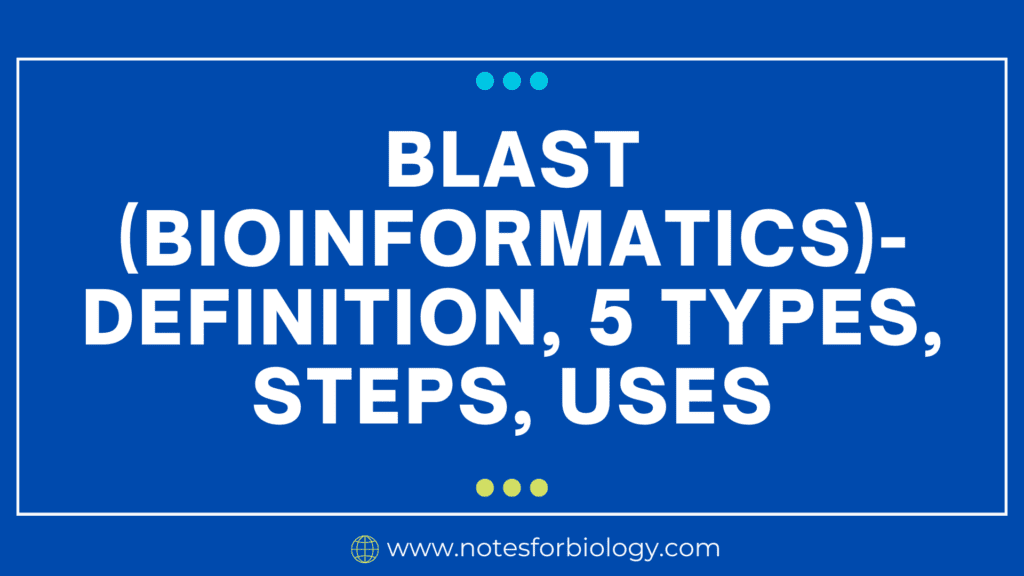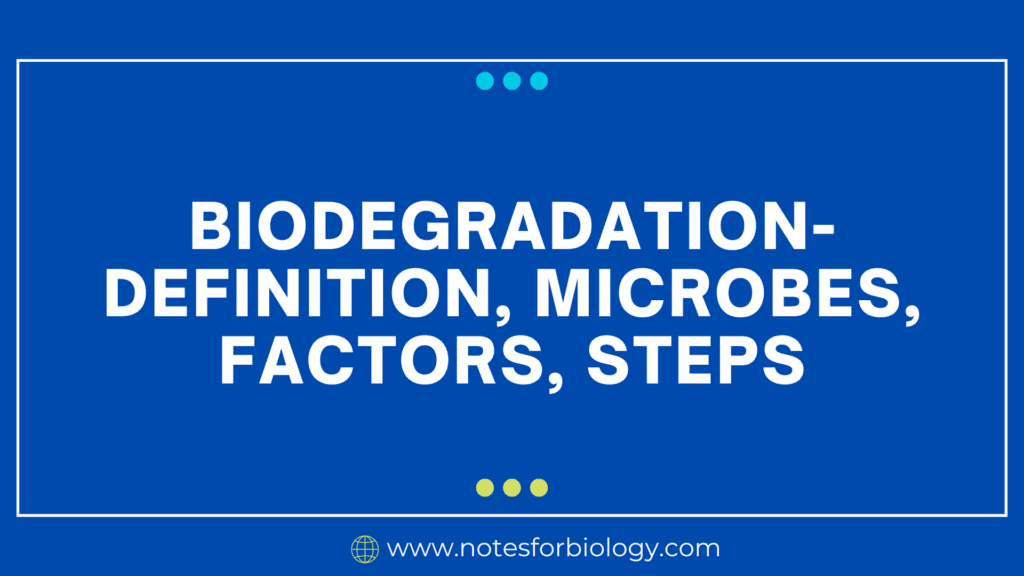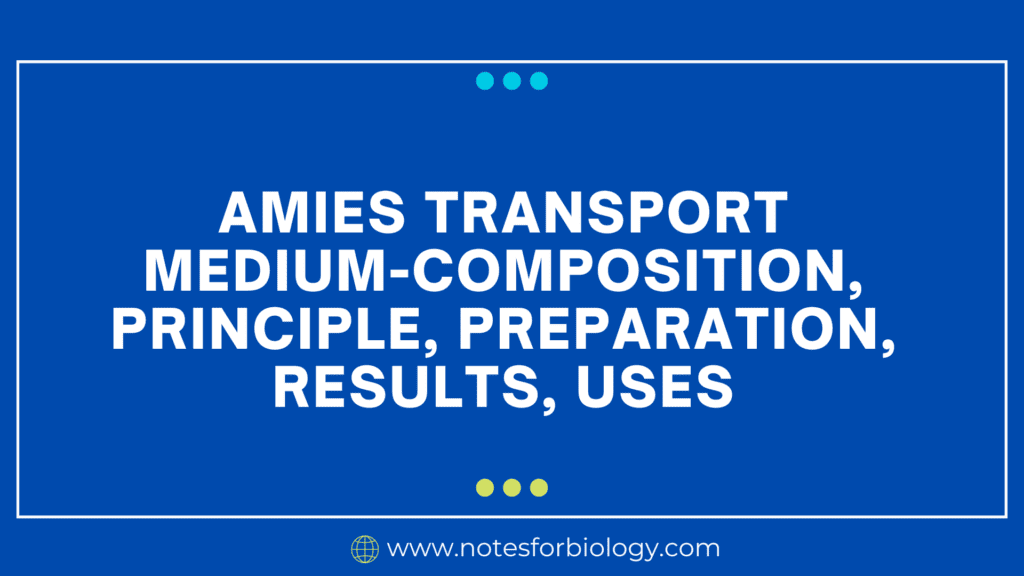What is BLAST (Bioinformatics) ?
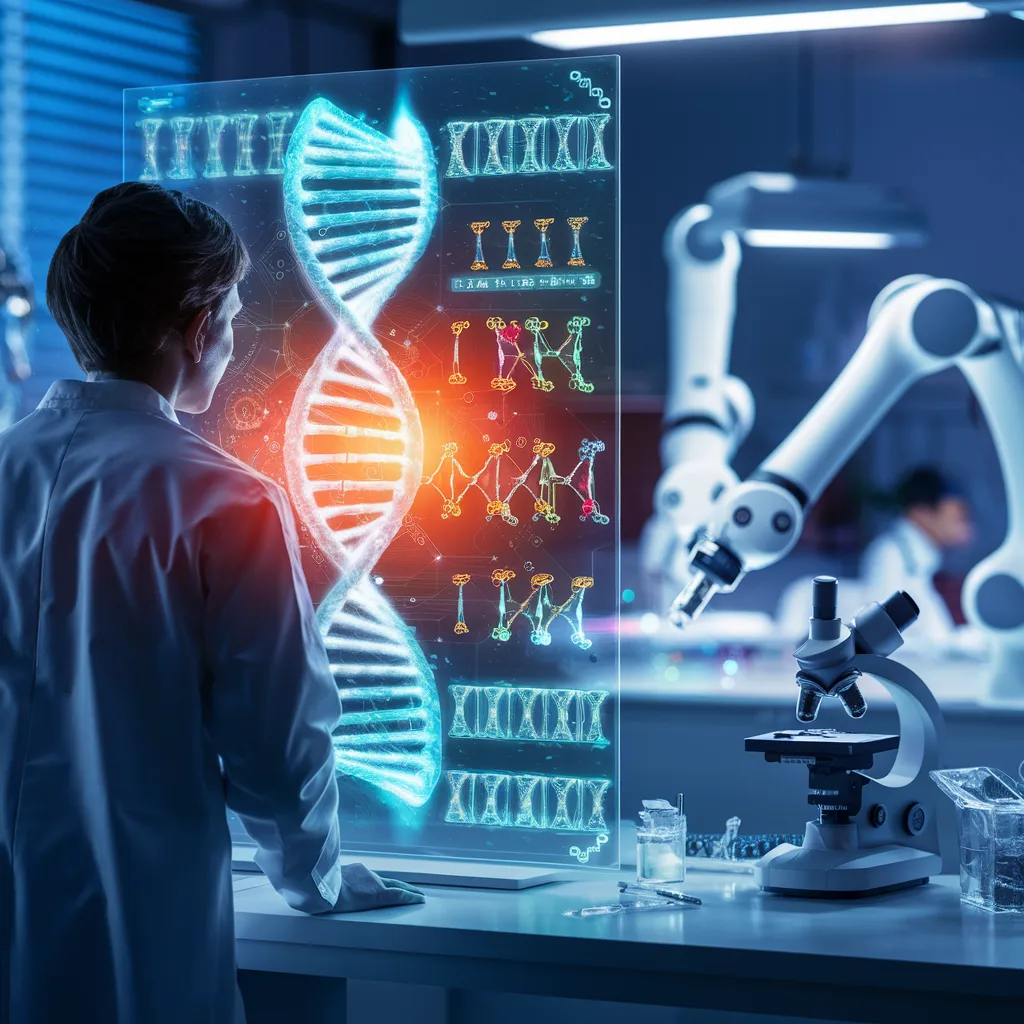
A strong bioinformatics tool called BLAST (Basic Local Alignment Search Tool) enables researchers to match protein or DNA sequences to a large database of known sequences.
The algorithm and software known as (basic local alignment search tool) is used in bioinformatics to compare primary biological sequence data, such as protein amino acid sequences and nucleotide sequences of DNA and/or RNA.
The function of a recently discovered sequence: A novel sequence’s possible involvement in a biological pathway or process can be ascertained by comparing it to a database.
Relationships between organisms: Discovering common sequences among them can reveal information about their evolutionary background and relatedness.
Diagnosis of disease: Certain DNA sequences linked to genetic illnesses can be found using It.
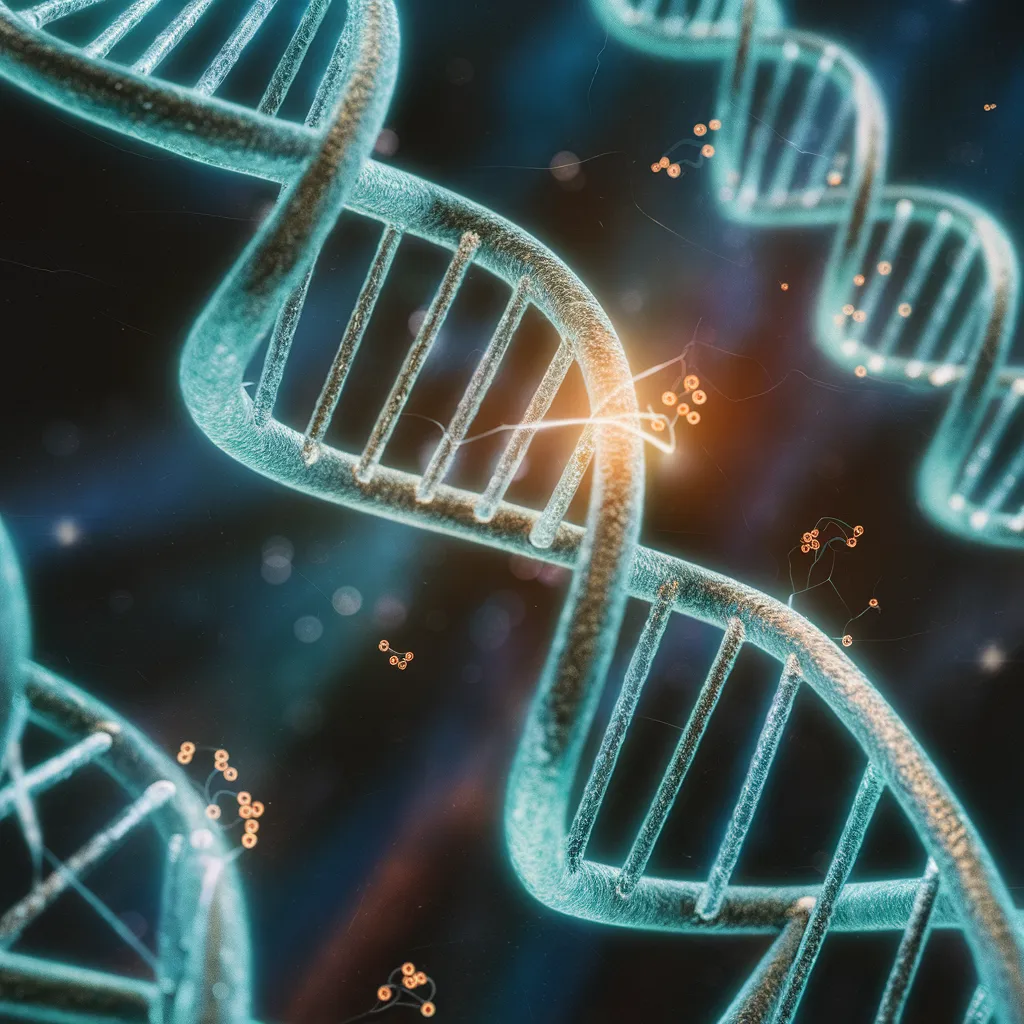
Table of Contents
Types
BLASTn
A DNA sequence can be compared to a database of DNA sequences using the this tool.
BLASTp
A protein sequence can be compared to a database of protein sequences using it.
BLASTx
A DNA sequence can be translated into any of the six possible protein reading frames using it, which then matches the results to a protein database.
tblastn
Translates a protein sequence into each of the six potential reading frames and compares it to a database of DNA sequences.
tblastx
contrasts one DNA sequence that has been translated into each of the six potential reading frames with another DNA sequence that has also undergone translation.
Steps involved (Bioinformatics)
Enter the sequence
Put your sequence of DNA or proteins into this interface.
Select a database
Choose the relevant database (such as protein or nucleotide) for your search.
Do a search
Launch it to compare your sequence with the selected database.
Examine the outcomes
Analyze the results to find noteworthy matches and the information that goes with them.
Uses
A key tool in bioinformatics, It is used to compare biological sequences such as proteins, RNA, and DNA. It facilitates the understanding of sequence relationships and the derivation of inferences regarding the function and evolution of individual sequences. The following are some important applications for that:
Search for Sequence Similarity
Finding homologous sequences
It searches databases for sequences that resemble a query sequence in order to identify possible evolutionary links.
Gene discovery
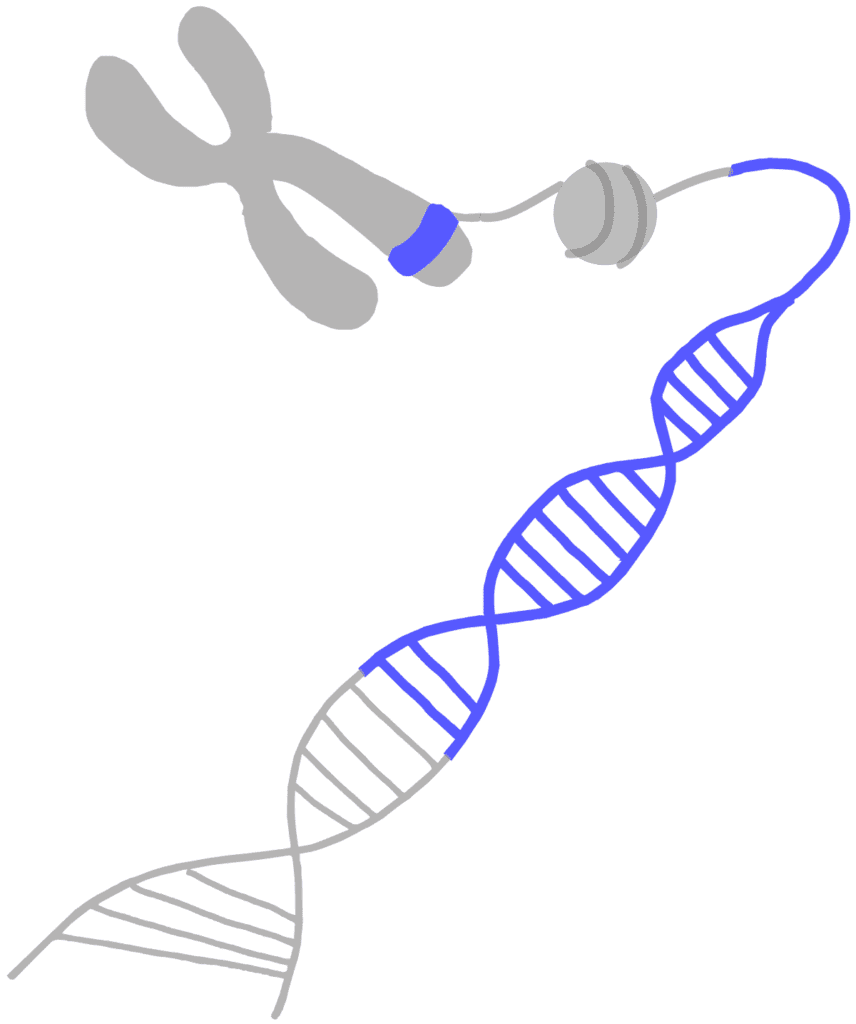
It can find putative novel genes based on their similarity to known ones by searching against a database of known genes.
Predicting the function of proteins
Finding homologous proteins with established roles can shed light on a new protein’s function.
Alignment of Sequence
Identifying conserved areas
When sequences are aligned using it, similarity regions that may have functional significance or point to a common evolutionary ancestor are highlighted.
Finding mutations
It compares sequences to identify variations that may be connected to a disease or changed function.
Annotation of Genomes
Finding genes and coding regions
Open Reading Frames (ORFs) and the areas of a genome that code for proteins can be found using It.
Gene function prediction
By comparing newly discovered genes to existing genes, It can assist in determining possible functions for these genes.
Finding possible regulatory elements, such as promoters and enhancers, can be done using It because it can find elements related to known elements.
Frequently Asked Questions(FAQ)
What is Gene function prediction?
Gene function prediction can assist in determining possible functions for these genes.
Finding possible regulatory elements, such as promoters and enhancers, can be done using It because it can find elements related to known elements.
What are its uses?
A key tool in bioinformatics, It is used to compare biological sequences such as proteins, RNA, and DNA. It facilitates the understanding of sequence relationships and the derivation of inferences regarding the function and evolution of individual sequences.
Why we need to do a search?
We need to do a search to Launch and compare your sequence with the selected database.
Related Articles

